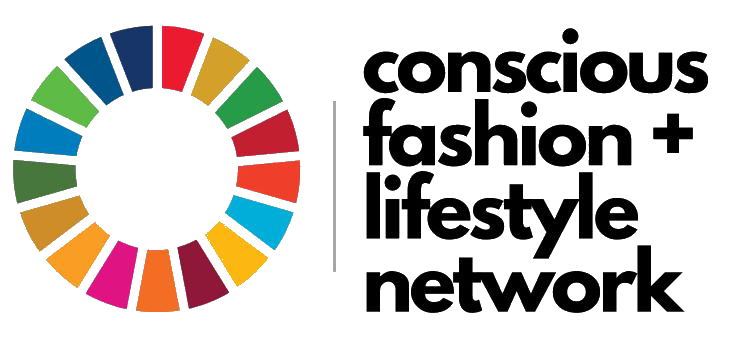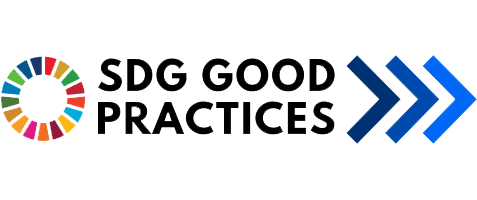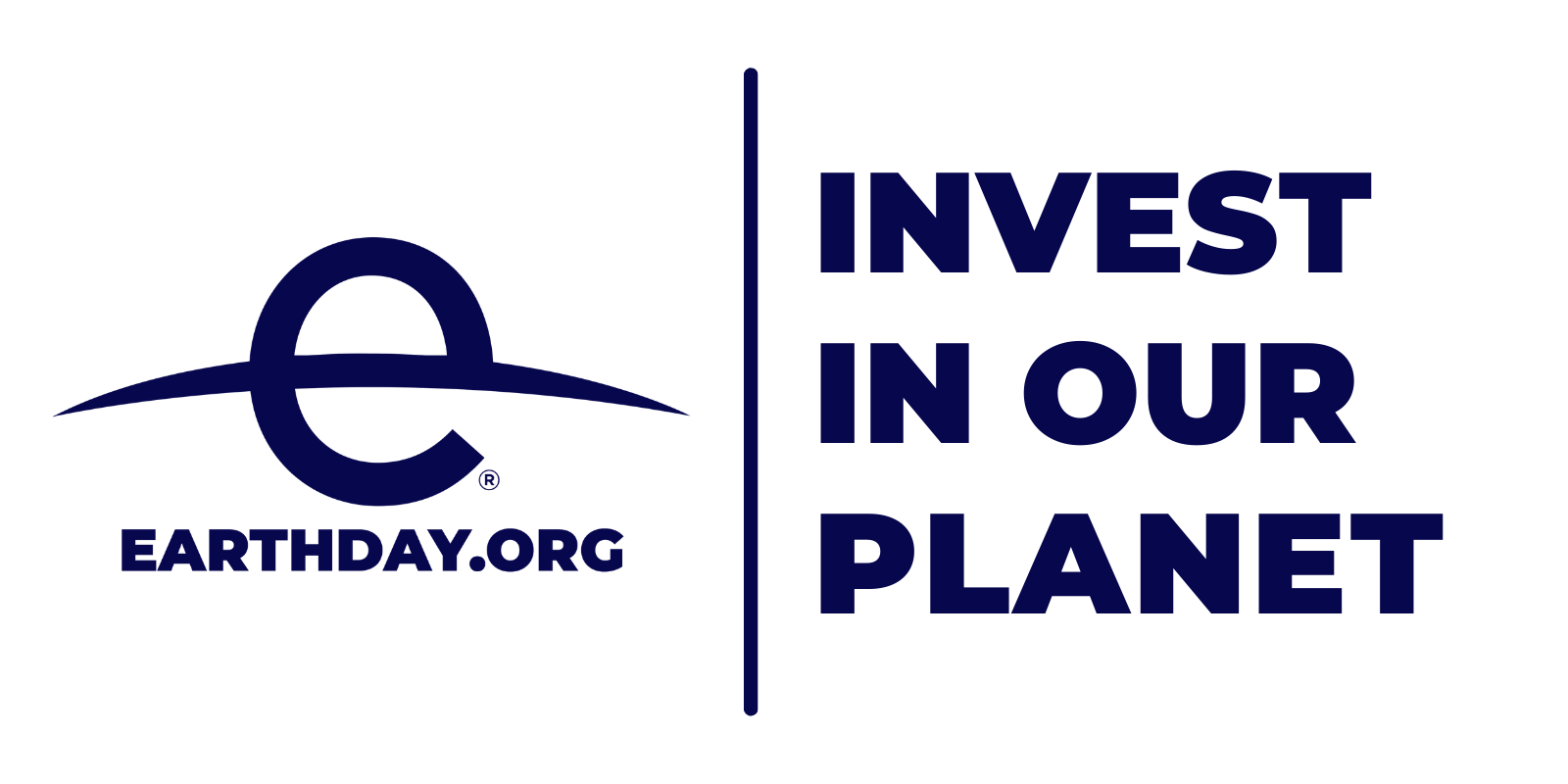Olympic Display of Empathy and Togetherness
The Olympic motto ‘Faster, Higher, Stronger’ was coined by a Dominican priest, who first exclaimed the words in the opening ceremony of a school sports event in 1881. Pierre de Coubertin, who was present that day, subsequently adopted them as the Olympic motto. The motto expresses the aspirations of the Olympic movement – not only in its athletic and technical sense but also from a moral and educational perspective. This year the motto was updated to ‘Faster, Higher, Stronger – Together’ to reflect solidarity across the world at the time of Covid-19.

The global recognition of the importance of ‘Together’ could not come at a more vital and crucial time. Not only do we need to promote togetherness on the world’s sporting stage but we also need to embrace togetherness in tackling the pandemic in addition to other world concerns such as climate change.
Working ‘together’ to tackle issues that affect us all requires empathy. Empathy is defined as the ability to understand and share the feelings of another. Without empathy nations cannot work together with a common goal. Empathy is needed to understand concerns and address them. Without empathy we cannot understand the issues facing our global neighbours.
The iconic photo of a Japanese spectator holding a placard supporting all athletes which went viral demonstrates the engagement with empathy not only by a solitary spectator but by the world as this image was shared worldwide.
ACTAsia recognise the value in engaging children in understanding and embracing empathy. Educating future generations will ensure that empathy is at the heart of their future actions. Empathy is not a tangible subject that can be taught – such as maths or sciences – but a concept that needs to be understood and practiced in the wider world.
ACTAsia’s Caring for Life Education programme for children (CFL) is a unique six-year curriculum for all primary school years. Caring for Life for children works with teachers and education authorities encompassing social welfare and citizenship, animal welfare, and environmental issues, and recognises the interdependence of all living things. Empathy can be quite an abstract term for children to comprehend so the CFL programme uses examples of animal’s feelings in order to teach children the value and importance of having empathy towards others.

When I chose the name ACTAsia for the organisation back in 2006 the symbolism of ACT was twofold. Firstly, in motivational terms but also in its inherent meaning. The A standing for Action, C for Compassion and T for Together and working together is very close to my heart. The CFL was developed from the UNESCO Four Pillars of Education and is a foundation course in Learning to Live Together. ACTAsia also made a film for children about caring for all forms of life called Together which summarises the key concepts of our educational course.
I am so excited that ACTAsia has recently been recognised by the UN for Good Practice for our Caring for Life children’s education programme. It is hoped that by educating our future caretakers of the planet that they will show compassion towards animals, nature and our greater environment thereby adopting a One Health approach.
Caring for Life offers multiple programmes that address empathy with children. The lessons help children to learn from animals and apply their kindness, understanding and feelings (the key tenets of empathy) in the home, at school and in the wider community. Instilling the importance of empathy at this young age will lead to gradual change towards a more compassionate and empathetic society.

![ACTAsia [logo]](https://www.actasia.org/wp-content/themes/ACTAsia-2022-theme/assets/img/actasia-en-colour.svg)



